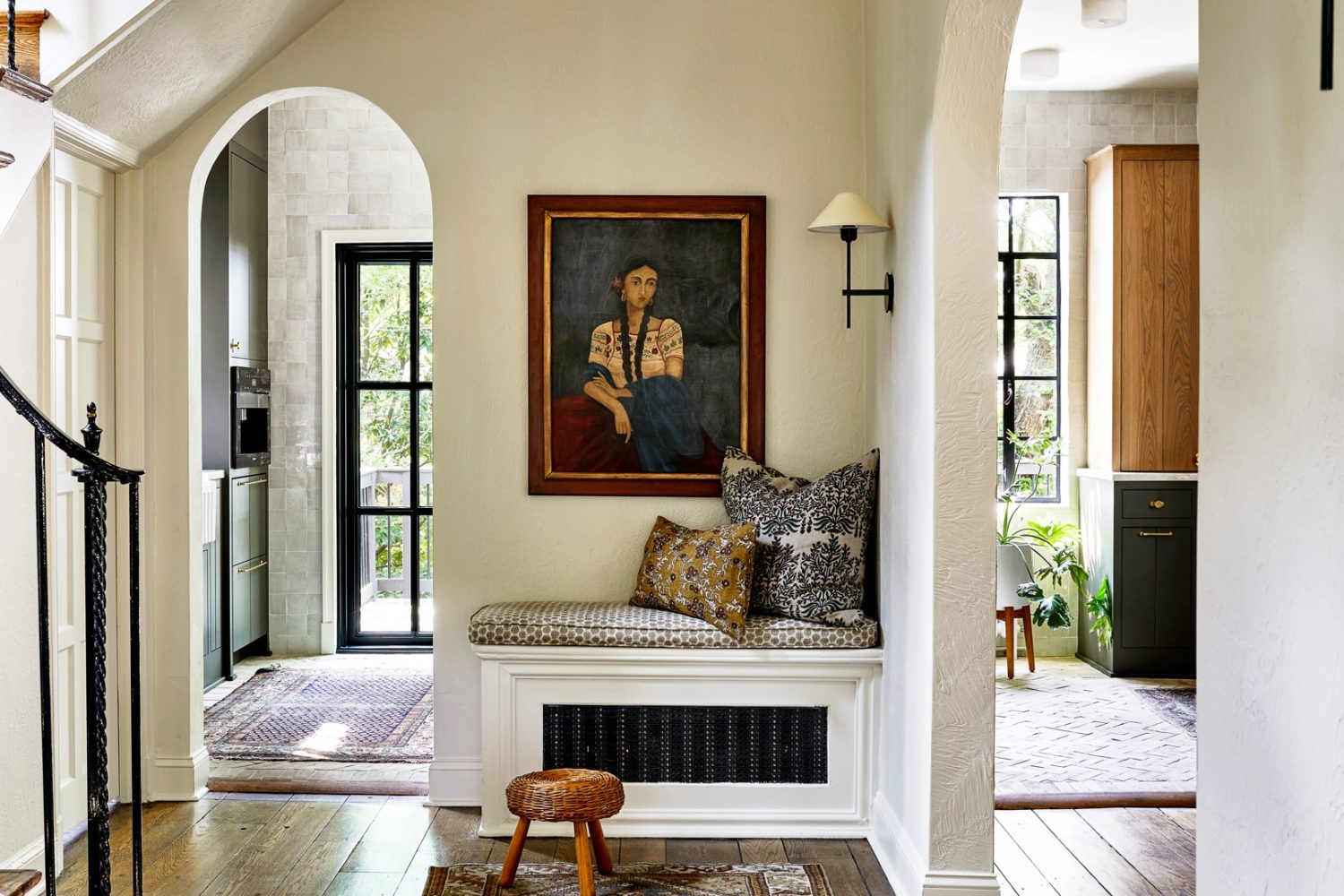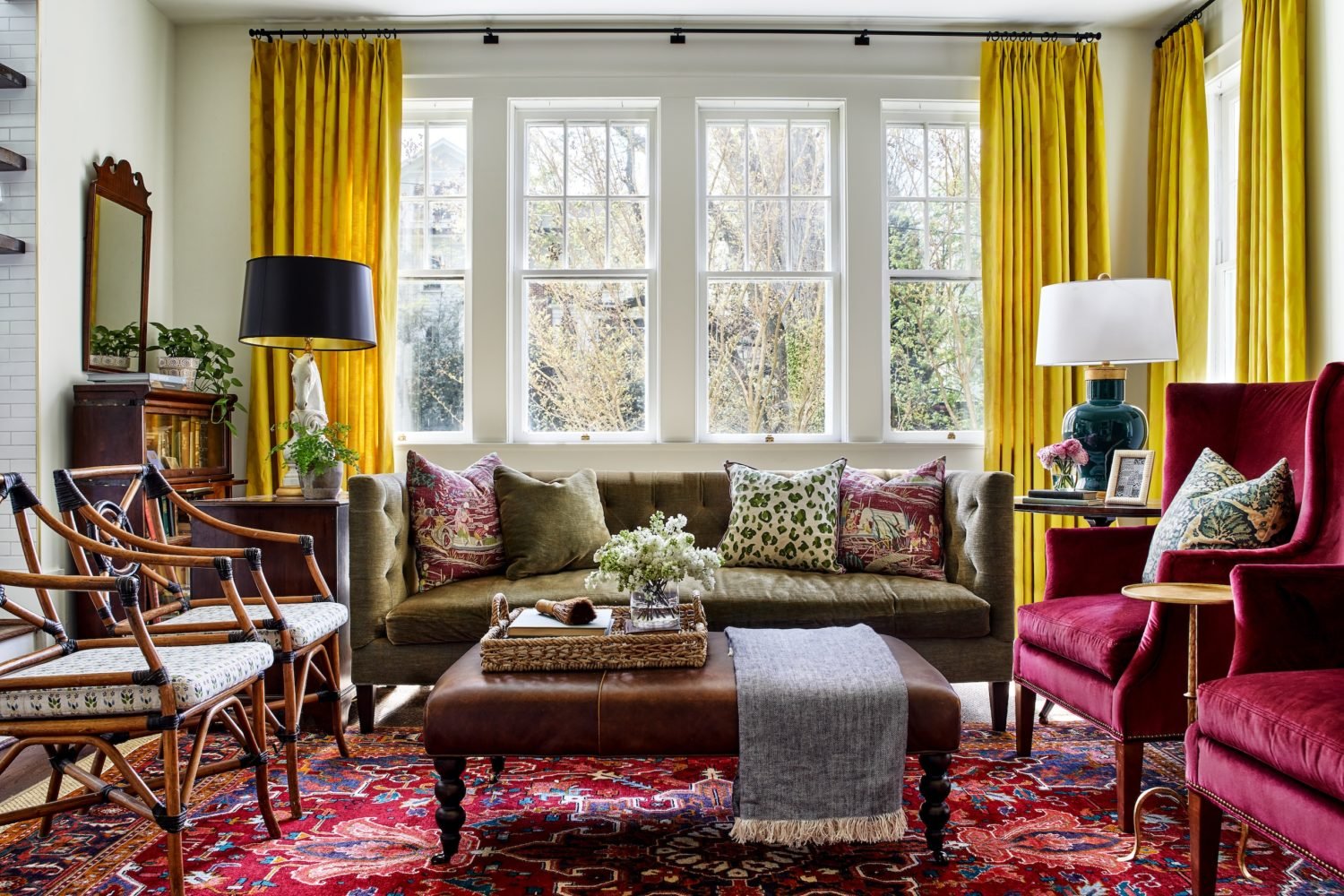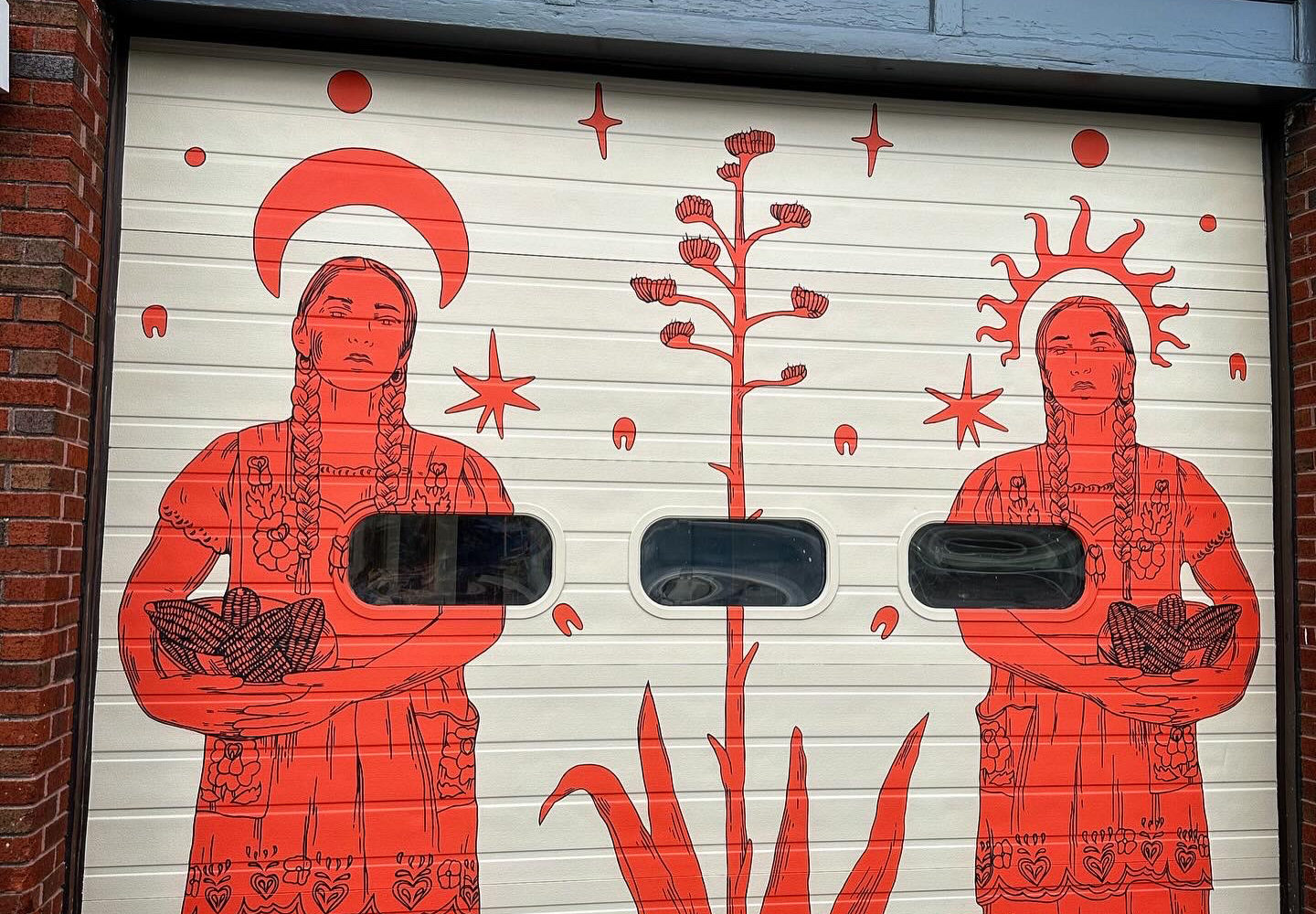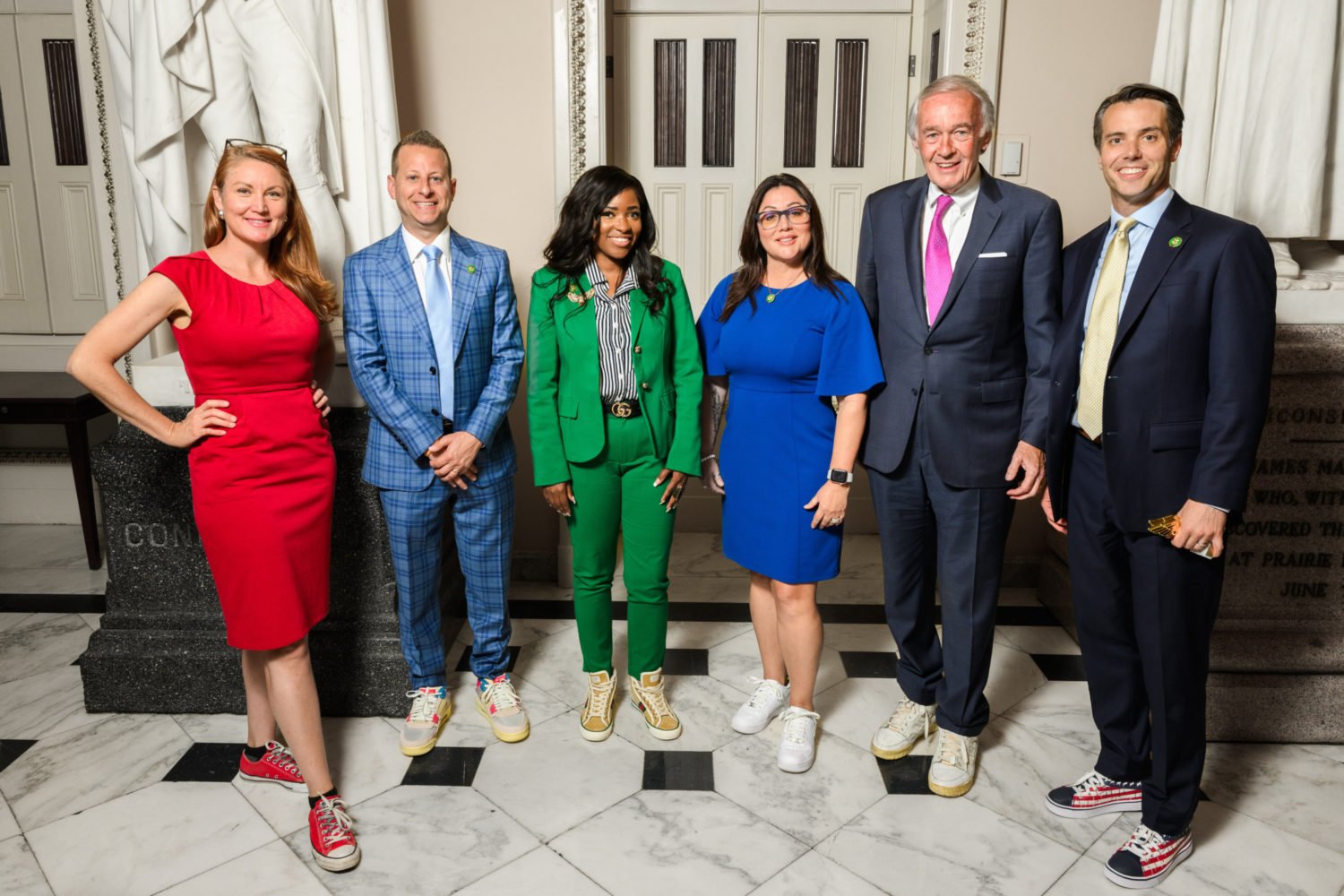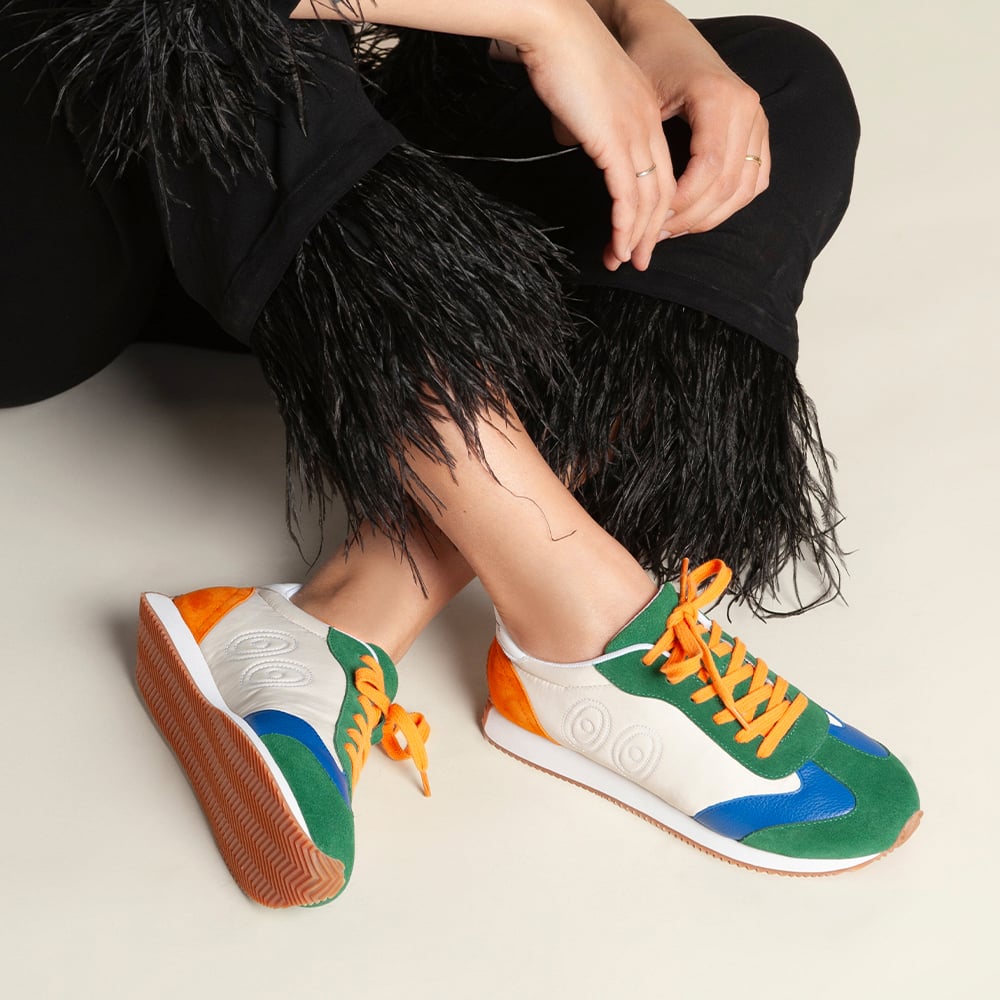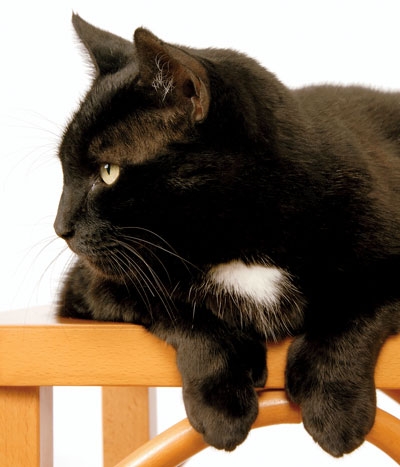
When it comes to finding a home, Amadeus can’t catch a break. His former owner had 11 cats and gave them all up after neighbors complained. The three-year-old black cat with pale-green eyes has been at the Washington Animal Rescue League since March; his stay is one of the shelter’s longest. Legend has it that black cats bring bad luck, especially this time of year.
“It’s a difficult stereotype to overcome because everyone had that image ingrained in them—the black cat with its back arched, hair raised, mouth open, fangs showing,” says Washington Humane Society customer-service manager Jess Townsend. She has seen shelter visitors recoil when a black cat approaches.
In a 2002 study published in the Journal of Applied Animal Welfare Science, black cats at a California shelter were about half as likely to be adopted as tabby cats and a third as likely as white cats. Their reputation isn’t the only obstacle they face: Their coats make them less visible in shelter cages, and their facial expressions don’t show up as clearly in online photographs. Black cats—and dogs—tend to stay in shelters longer than other pets.
“They’re generic, which makes them harder to draw attention to,” says Townsend, who has a black cat, Laila—which means “dark beauty” in Arabic. When the first black cat Townsend tried to adopt ended up getting sick, the rescue organization immediately e-mailed her photos of other ones, including Laila, whose mother had survived Hurricane Katrina.
Amadeus is playful and affectionate, and trainers at the rescue league have taught him to sit and fetch. “It just helps set him apart from the crowd,” says adoptions-and-rescue director Jamie Scotto, “which is what we’re trying to do with all our black cats.”
Some groups place black cats in well-lit, eye-level cages, decorating their crates with stories from Egyptian and English folklore about black cats bringing good luck. They mix black kittens in with colorful litters so adopters are more likely to play with them. The Humane Society uses bright Soft Paws vinyl claw covers to draw people in.
Sue Bell, executive director at the Arlington-based rescue group Homeward Trails, tells potential adopters about the higher rate of euthanasia among black cats: “They feel twice as good once we explain they’re rescuing not only an animal but one whose chances for finding a home are less.”
Some shelters offer promotions around Halloween—the Maryland SPCA waived its $80 fee for both black and orange cats last year. Others are extra cautious about allowing adoptions in October out of concern that the animals might be used as Halloween props.
As for Amadeus? His new tricks are helping—someone wanted to adopt him, but the application fell through—although he’s still looking for a family to turn his luck around.
“A lot of people go to shelters looking for the underdog,” says Townsend. “Black cats are the underdogs of the cat world.”
This article first appeared in the October 2010 issue of The Washingtonian.

